Samsung files patent application for a dual-screen phone
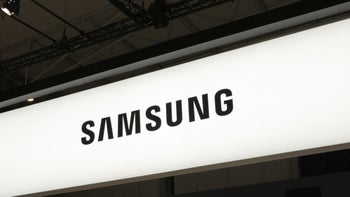
A patent application filed by Samsung with the World Intellectual Property Office, also known as WIPO, (via SamMobile) might give us a clue about what direction Samsung might take with a dual-screen phone. The patent application is for a smartphone that features a transparent second display on the back. The rear display, when turned off, would be indistinguishable from the rest of the handset's back panel.
Samsung files a patent application for a phone carrying a front and back display
Back in 2018, ZTE released the Nubia X with a front-facing 6.26-inch LCD display carrying a resolution of 1080 x 2280. The bezels were reduced sharply except for a small forehead and chin leading to a 93.6% screen-to-body ratio. ZTE was able to build this because it eliminated the selfie snapper. The manufacturer did add a 5.1-inch lower resolution OLED display on the back (720 x 1520).
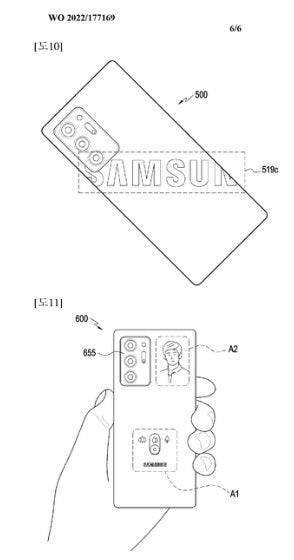
Image from Samsung's WIPO patent application showing the rear-facing display
The patent application submitted by Samsung seems to envision an always-on display for the rear panel that might show only certain information when not in use, such as the Samsung logo. The display would take up approximately the lower 60% of the rear panel with housing for a triple-camera setup in the upper left corner of the back of the phone.
The patent was filed this past January and as with any patent filed, there is always the possibility that the innovations being mentioned in the application never see the light of day. However, Samsung has become the leading purveyor of foldable phones over the last few years as it took the smartphone-to-tablet pipe dream and turned it into the Galaxy Z Fold; the latter's fourth-generation model has just been released.
The Galaxy Z Fold opens like a book as the 6.2-inch external display is dwarfed by the 7.6-inch tablet-sized screen that is revealed when the device is opened. Samsung also has filed for a patent on a rollable form factor and submitted a patent application for a phone with a slide-out screen. The company also just released the fourth generation model of its foldable clamshell Galaxy Z Flip which quickly is taken out from your pocket and flipped open to become a 6.7-inch smartphone.
In the patent application, Samsung described the device as having "a housing comprising a first surface and a second surface facing in a direction opposite to the first surface; a first display which is arranged on the first surface and outputs a screen in a first direction; and a second display which is arranged on the second surface and outputs a screen in a second direction that is a direction opposite to the first direction, wherein the second display may be configured to be at least partially transparent so as to visually expose at least a portion of an inner area of the second surface. Various other embodiments are possible."
This patent application will probably be put on the backburner at Samsung
The application notes that the name of the submission is "Electronic Apparatus Comprising Transparent Display." And while there might be a market for such a handset, Samsung seems more interested in making its Fold and Flip foldables more mainstream. One way that it might do this is to produce less expensive mid-range variants of its foldable phones and sell them under the successful Galaxy A branding.

Image from the patent app shows that the rear screen might take up 60 percent of the rear panel
Currently, Microsoft sells a dual-screen phone with a much different form factor than what Samsung envisions for its dual-screen device. The Surface Duo 2 consists of two 5.8-inch AMOLED displays protected by Gorilla Glass Victus with a 1344 x 1892 resolution, connected by a pair of hinges. When fully opened, the two displays create a large 8.3-inch display (albeit with the hinges between the two displays) carrying a resolution of 1892 x 2688. Even before Microsoft, even before the Nubia X, the ZTE Axon M featured a dual screen build with two 5.2-inch LCD displays each sporting a 1080 x 1920 resolution.
Despite the patent application, this seems like a project that Samsung would put aside on the backburner for now and perhaps revisit at some point in the distant future. For now, the company has its hands full even before it decides whether or not to mass produce rollable or pullout phones.

![T-Mobile is phasing out plans with included taxes and fees starting tomorrow [UPDATED]](https://m-cdn.phonearena.com/images/article/169988-wide-two_500/T-Mobile-is-phasing-out-plans-with-included-taxes-and-fees-starting-tomorrow-UPDATED.jpg)

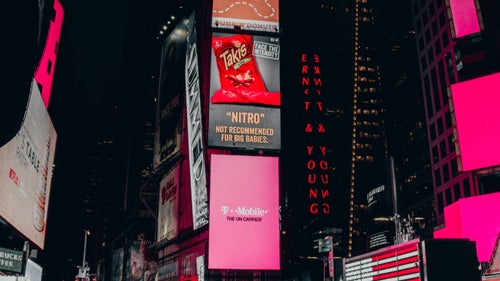

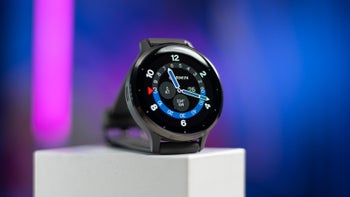

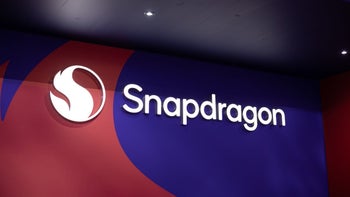
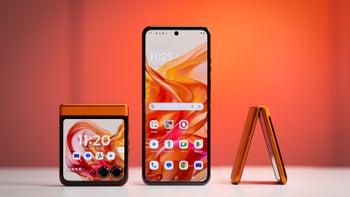

Things that are NOT allowed: